According to Nature, Chinese scientists have confirmed that an ancient human skull fossil found in Harbin belongs to Denisovans - an ancient group of humans that lived alongside Homo sapiens and Neanderthals.
This is the first time a nearly complete skull has been identified as belonging to the Denisova, helping to reveal the true appearance of this mysterious group of people.
This Homo longi (Dragon Man - Heilongjiang Man) fossil dates back at least 146,000 years and is notable for its prominent forehead and large cranial vault comparable to modern humans and Neanderthals.
Previously, Denisova were only known through DNA from a finger bone found at Denisova Cave in Siberia in 2010, leaving their appearance a mystery for more than a decade.
According to research published in the journal Cell and Science this week, a team of scientists led by expert Qiang Ji (Quy Cuong) of Hebei University of Geology used ancient protein analysis techniques on fossil otoliths and teeth.
A protein sequence from the Harbin sample matched protein sequences previously identified as Denisovans from Siberian, Tibetan and Taiwanese caves, but differed from modern humans and Neanderthals.
To bolster their evidence, the team also analyzed fossilized dental plaque—a small calcified fragment—and for the first time extracted the subject's mitochondrial DNA from this material.
The results showed that the mitochondrial genetic sequence of the "Dragon Man" is close to that of the ancient Denisovans in Siberia, dating back 187,000-217,000 years. This is the first time in archaeology that human DNA has been recovered from Paleolithic dental plaque.
This discovery not only determined the appearance of Denisovans, but also opened up a new direction for research: thanks to this skull specimen, scientists can identify other fossils belonging to Denisovans even without DNA or protein preservation.
At the same time, success in mining dental plaque also opens up the opportunity to collect human DNA from other prehistoric fossils - something previously considered very difficult.
Before this discovery, the Harbin fossil was announced by Ji's team in 2021 as a new ancient human species called Homo longi.
However, new evidence from proteins and DNA shows that “Dragon Man” is actually a representative of Denisovans – and is the clearest model that humanity has had so far./.
Source: https://www.vietnamplus.vn/hop-so-nguyen-ven-dau-tien-cua-nguoi-denisova-he-lo-dien-mao-to-tien-co-dai-post1045071.vnp



![[Photo] Solemn opening of the 1st Government Party Congress](https://vphoto.vietnam.vn/thumb/1200x675/vietnam/resource/IMAGE/2025/10/13/1760337945186_ndo_br_img-0787-jpg.webp)






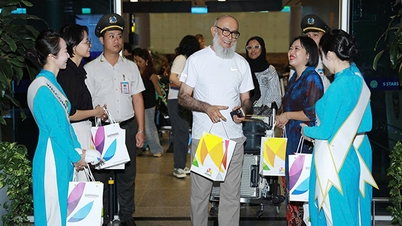

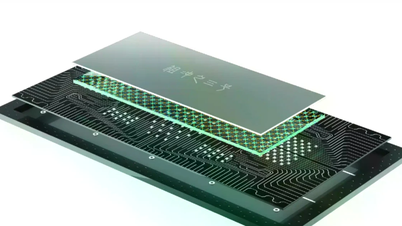



















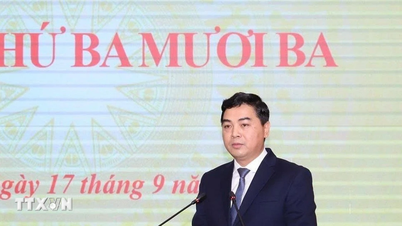



![[Photo] General Secretary To Lam attends the opening of the 1st Government Party Congress](https://vphoto.vietnam.vn/thumb/1200x675/vietnam/resource/IMAGE/2025/10/13/1760321055249_ndo_br_cover-9284-jpg.webp)
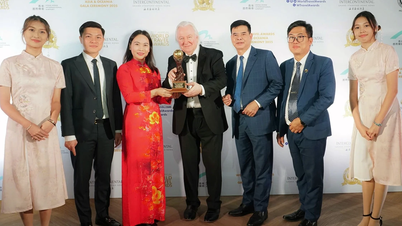



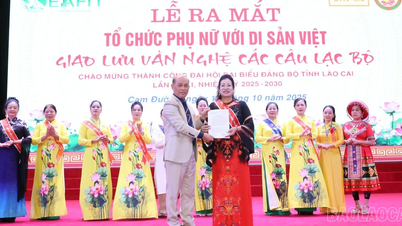










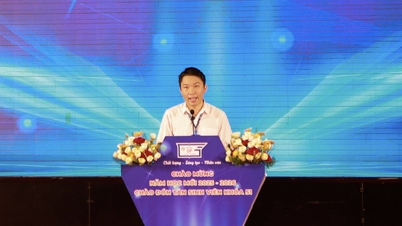


















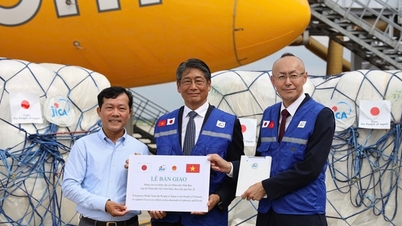







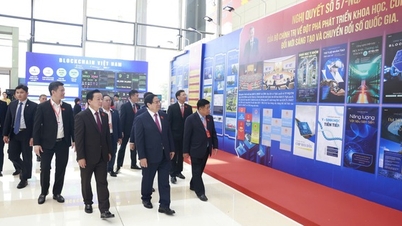
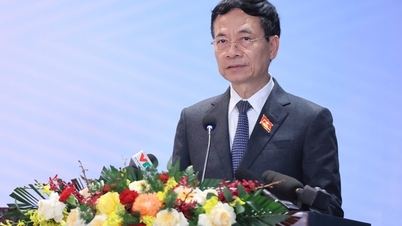



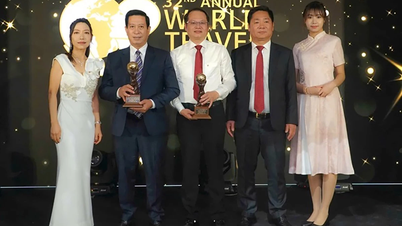

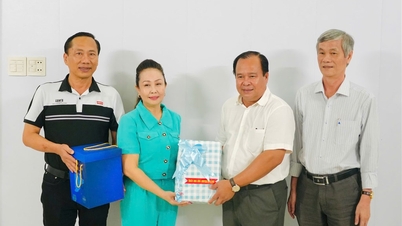


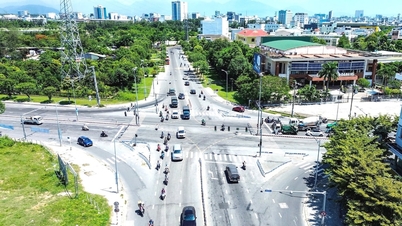


















Comment (0)